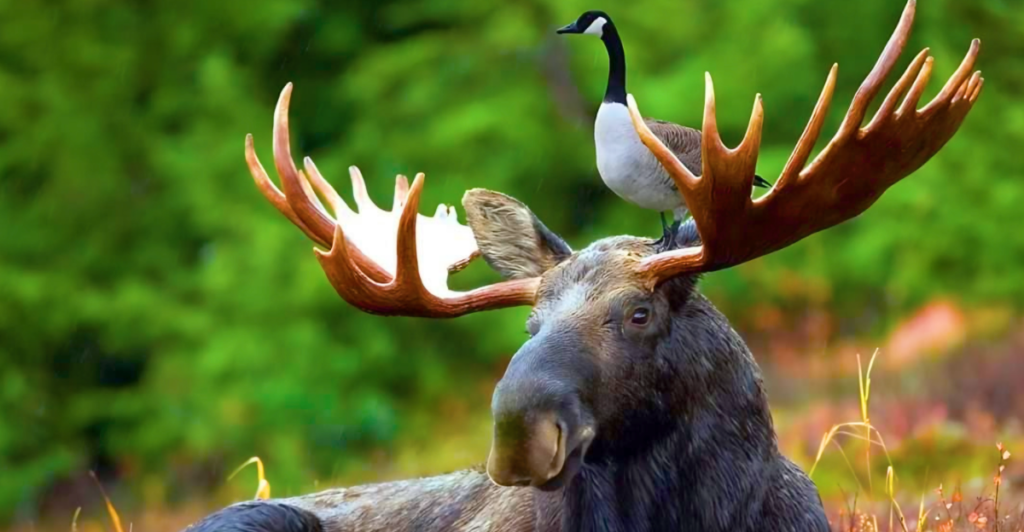
North America is home to some of the world’s most fascinating wildlife. From vast forests to open plains, the continent’s diverse ecosystems support a variety of species that have become symbols of nature’s beauty. This gallery highlights 12 iconic animals that define North America’s wilderness. Each species plays a vital role in its environment and holds cultural or ecological significance. Let’s explore these incredible creatures and their natural habitats.
The American Bald Eagle – A Symbol of Strength
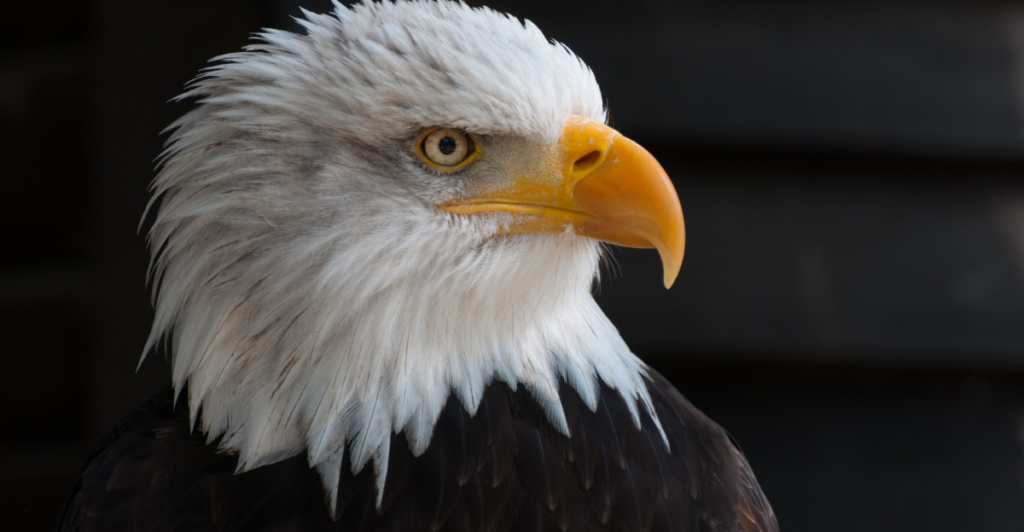
The bald eagle is one of the most recognized birds in North America. Its striking white head, powerful beak, and an impressive wingspan of up to 7.5 feet dominate the skies. Once endangered due to hunting and pesticide use, conservation efforts have helped the bald eagle thrive again. This majestic bird is the national symbol of the United States and a skilled hunter, primarily feeding on fish.
The Grizzly Bear – A Mighty Predator
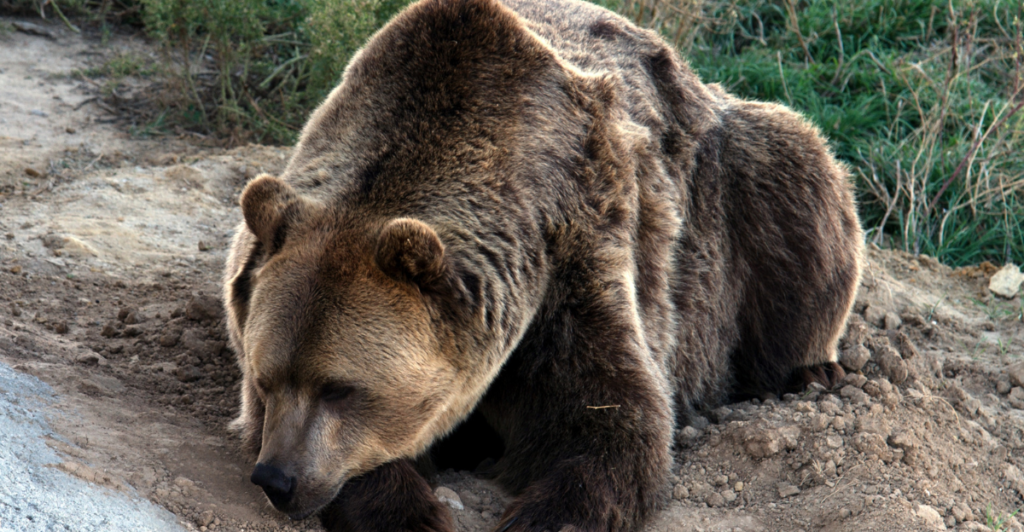
Grizzly bears roam the forests and mountains of North America, mainly in Alaska and western Canada. These massive mammals can weigh over 800 pounds and are known for their robust build and sharp claws. While they primarily eat berries, fish, and small mammals, they are capable hunters. Grizzlies hibernate during the winter, surviving on stored body fat. Though formidable, they typically avoid human contact unless threatened or searching for food.
The Gray Wolf – The Resilient Pack Hunter
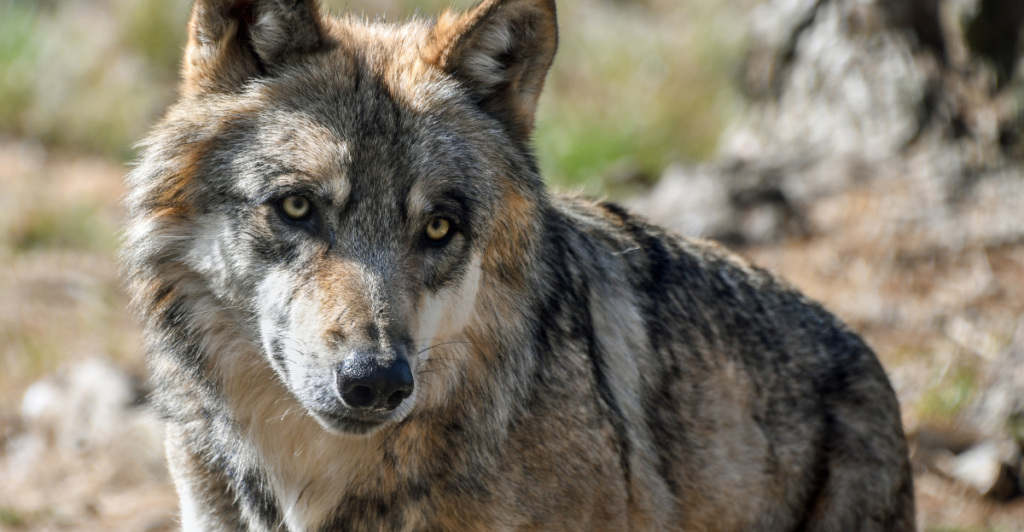
The gray wolf is a top predator that thrives in forests, tundras, and mountains across North America. Wolves are highly social animals, living in packs that work together to hunt deer, elk, and prey. Their howls serve as a means of communication across long distances. Once nearly wiped out in the lower 48 states due to hunting and habitat loss, conservation programs have helped reintroduce them in some areas.
The American Bison – The Great Plains Giant
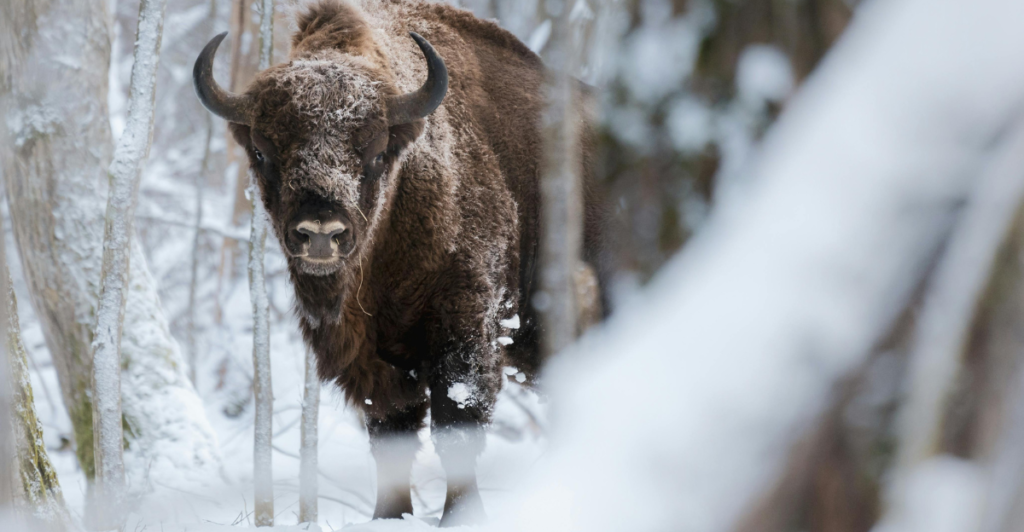
Once roaming North America in massive herds, the American bison is a valid symbol of the Great Plains. Weighing up to 2,000 pounds, these powerful herbivores play a key role in maintaining grassland ecosystems. They were nearly driven to extinction due to overhunting in the 19th century, but conservation efforts have helped populations recover. Today, they can be found in national parks and protected reserves across the continent.
The Mountain Lion – A Stealthy Predator
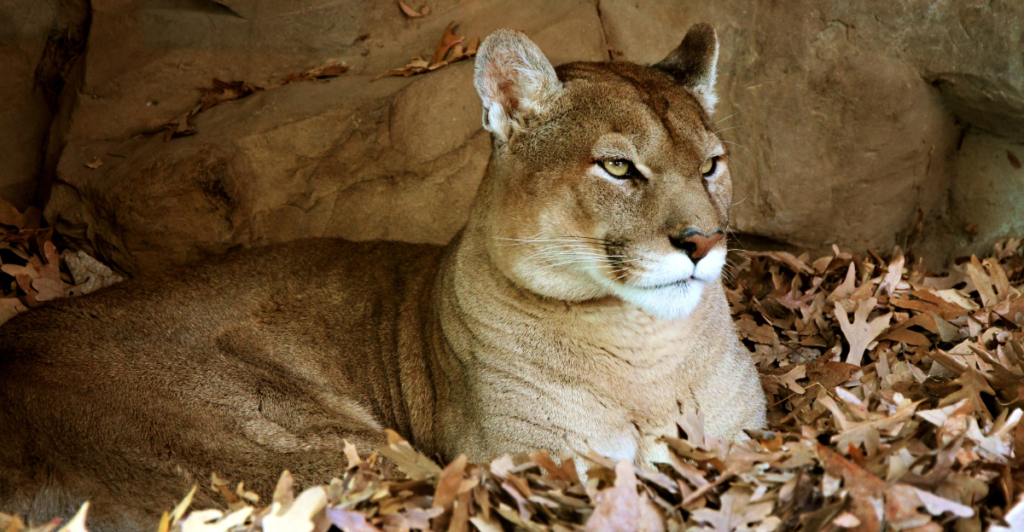
Also known as the cougar or puma, the mountain lion is North America’s largest wild cat. These elusive predators are found from Canada to South America, adapting to forests, mountains, and deserts. They can leap up to 18 feet vertically and 40 feet horizontally with powerful legs. They mainly hunt deer but will eat smaller animals if needed. Mountain lions are solitary and prefer to avoid human contact, making them difficult to spot.
The Moose – The Towering Forest Giant
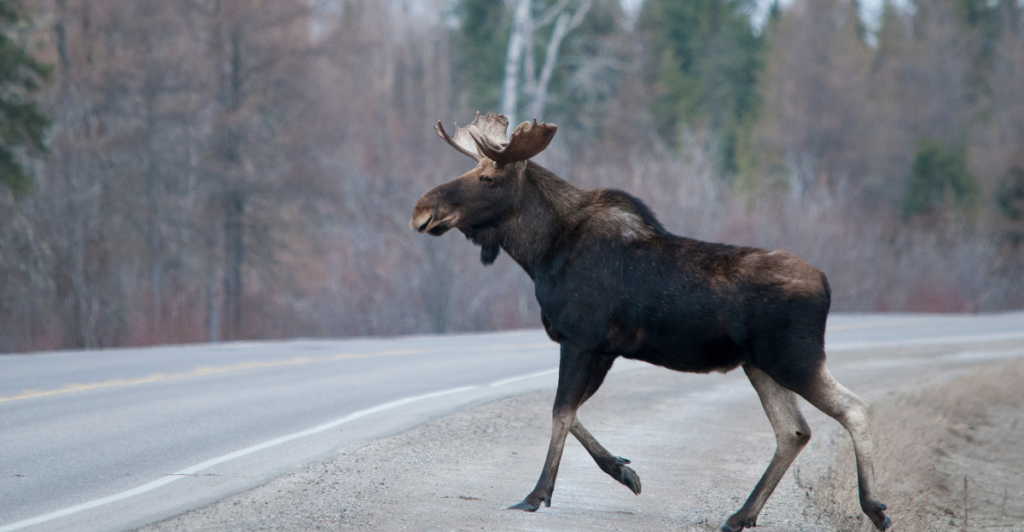
The moose is the most prominent member of the deer family, standing over 7 feet tall at the shoulder and weighing up to 1,500 pounds. Found in Canada, Alaska, and northern U.S. states, moose thrive in forests and wetlands. Males, called bulls, are known for their massive antlers, spanning over six feet. Despite their size, moose are excellent swimmers and can dive underwater to feed on aquatic plants.
The Arctic Fox – The Master of Survival
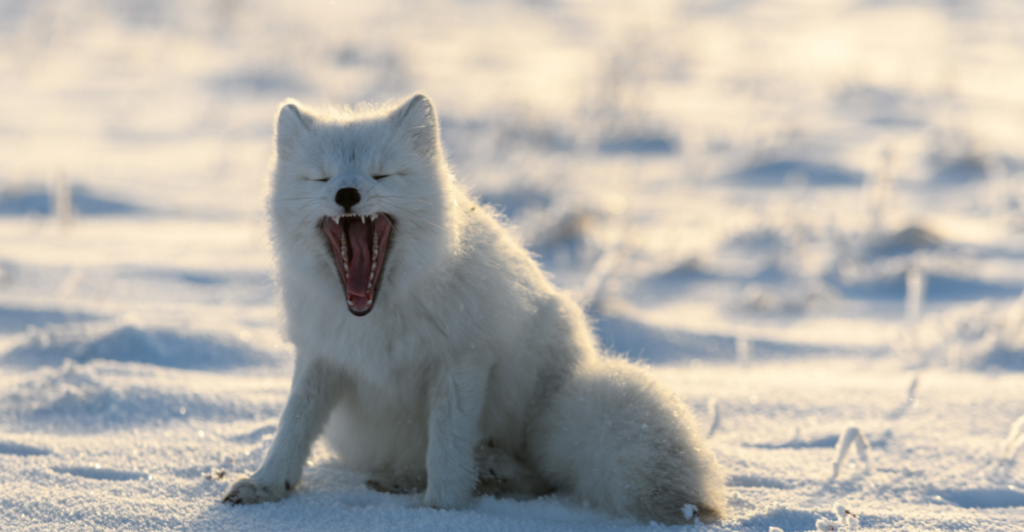
The Arctic fox is a small but resilient predator living in the frigid Arctic tundra. Its thick fur changes color with the seasons, turning white in winter for camouflage and brown in summer. These foxes survive extreme cold by burrowing in snow and scavenging food, including lemmings, birds, and carrion. Despite harsh conditions, Arctic foxes have adapted to some of the coldest environments on Earth, thriving where few animals can.
The North American Beaver – The Natural Engineer
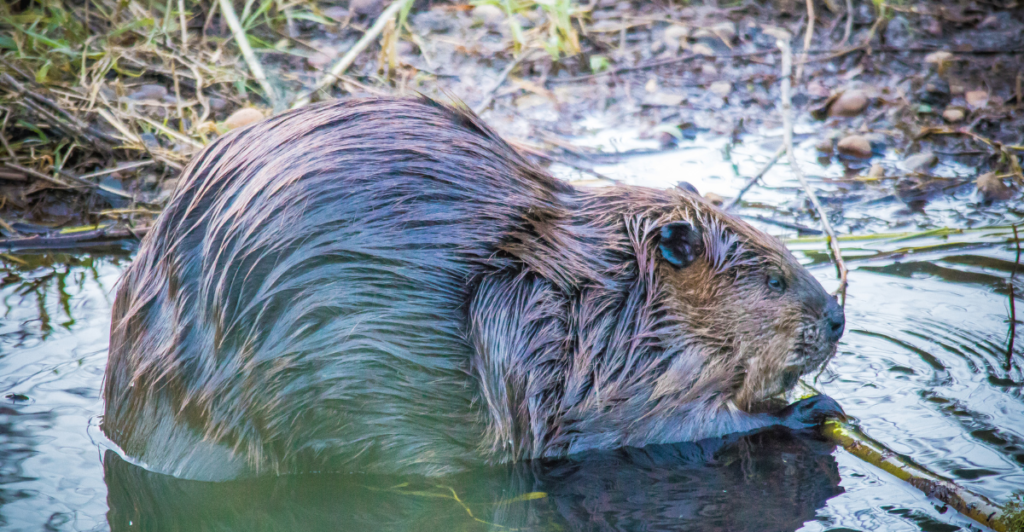
Beavers are known for their ability to build dams and lodges, transforming landscapes by creating wetlands. These semi-aquatic rodents have large, flat tails and strong teeth that help them cut down trees. Their dams slow water flow, benefiting many species by creating diverse habitats. Beavers were once overhunted for their fur, but populations have rebounded thanks to conservation efforts. Their role as ecosystem engineers makes them vital to North America’s waterways.
The Great Horned Owl – The Silent Night Hunter
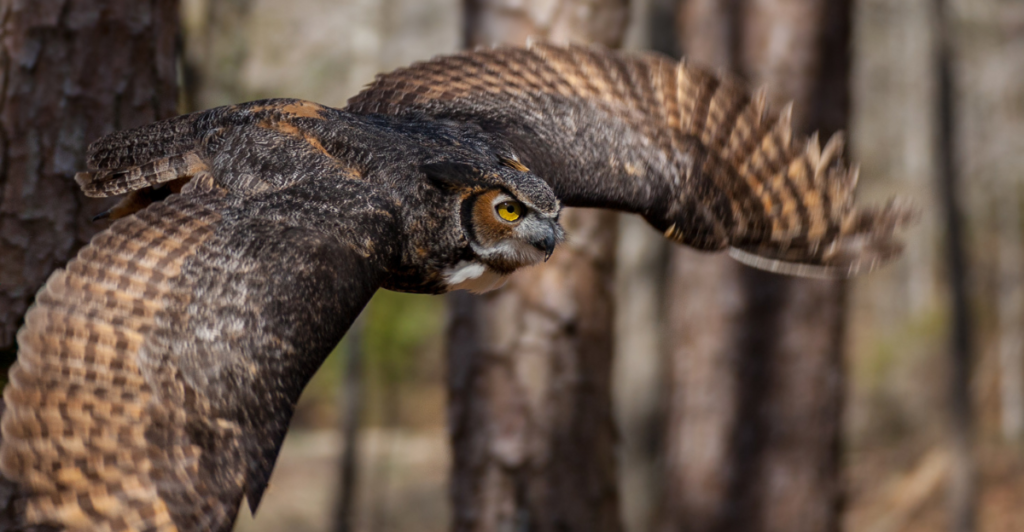
The great horned owl is a powerful bird of prey across North America. This owl is a top nighttime predator known for its piercing yellow eyes and feathered tufts that resemble horns. It hunts rodents, rabbits, and other birds with strong talons and nearly silent flight. Great horned owls adapt well to different environments, from forests to deserts, making them one of the continent’s most widespread and adaptable raptors.
The Rattlesnake – A Venomous Icon
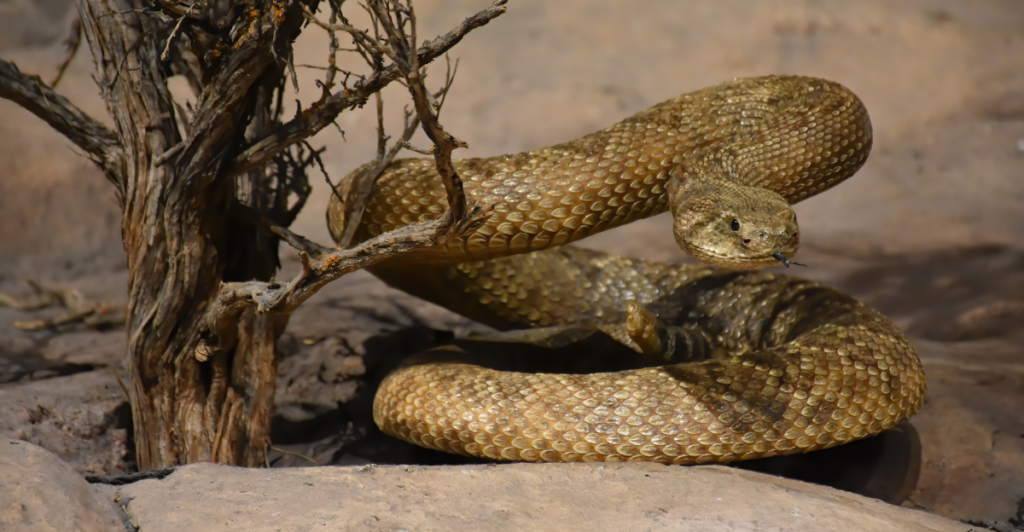
Rattlesnakes are among North America’s most well-known reptiles in deserts, grasslands, and forests. These venomous snakes have a signature rattle at the tip of their tail, which they use to warn of potential threats. Their heat-sensing pits help them detect prey like rodents and birds. Though feared, rattlesnakes play a crucial role in controlling rodent populations. Most will avoid human contact and only bite when threatened or provoked.
The American Alligator – A Living Dinosaur
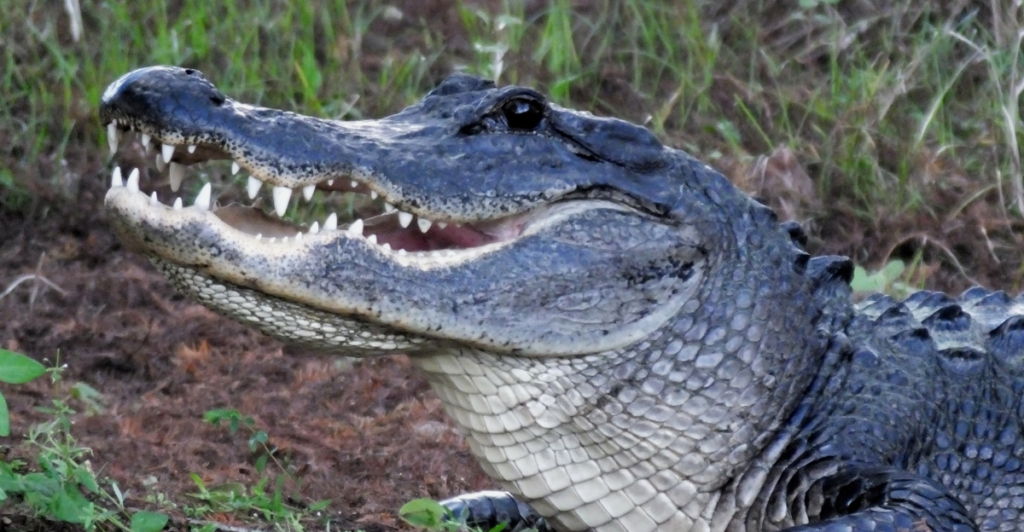
The American alligator is a powerful reptile native to the southeastern U.S. Found in swamps, rivers, and marshes, these ancient creatures can grow over 12 feet long. Alligators were once endangered due to overhunting, but conservation efforts helped them recover. They are apex predators, feeding on fish, birds, and mammals. Despite their fearsome appearance, alligators are essential to wetland ecosystems, creating “gator holes” that provide water for other wildlife during dry seasons.
Protecting North America’s Wildlife
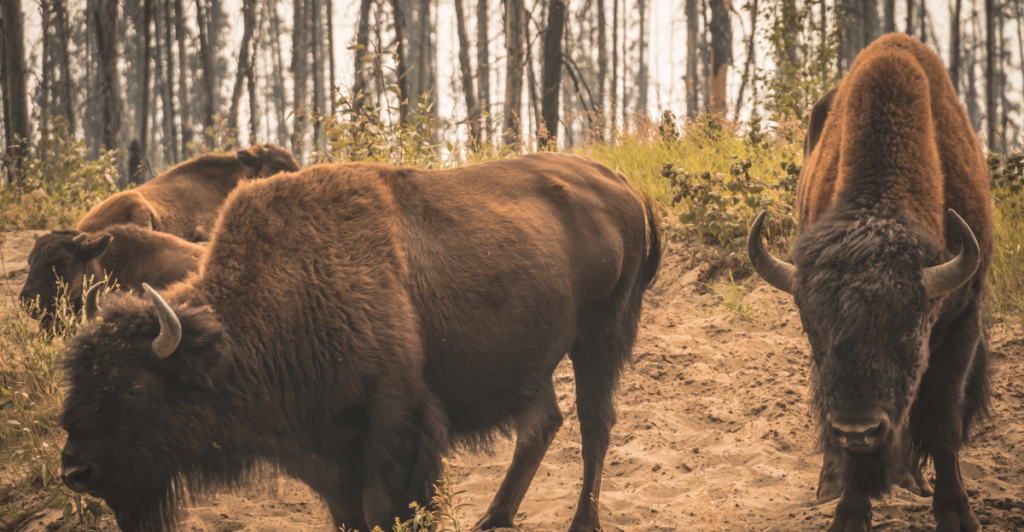
North America’s wildlife is as diverse as its landscapes, with each species playing an essential role in its ecosystem. Many of these animals have faced challenges due to habitat loss, hunting, or climate change, but conservation efforts have helped protect them. Whether soaring in the sky, prowling the forests, or roaming the plains, these iconic species remind us of the importance of preserving nature. Protecting wildlife ensures future generations can continue to admire these incredible creatures.
Discover more of our trending stories and follow us to keep them appearing in your feed
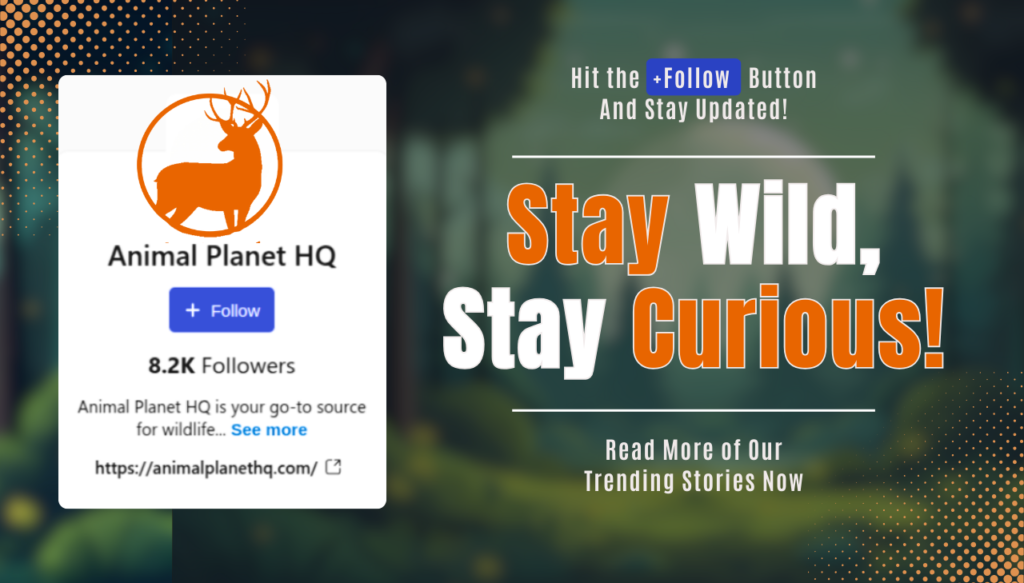
Bobcats Are Making a Comeback—And They Might Be Protecting Us From Disease
Wolves Still Roam In These States in 2024—Is Yours On The List?
The War on Cows Is Over—And Green Extremists Have Lost
There Will Be Eruptions”: Concerns Mount as Yellowstone Supervolcano Activity Shifts
This article first appeared here
Stay connected with us for more stories like this! Follow us to get the latest updates or hit the Follow button at the top of this article, and let us know what you think by leaving your feedback below. We’d love to hear from you!







